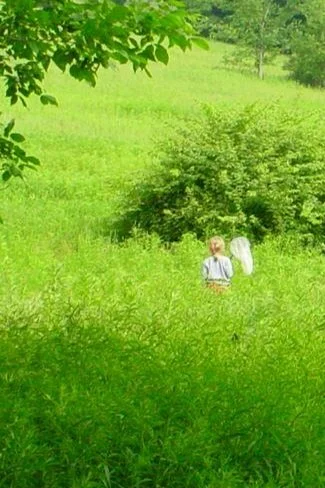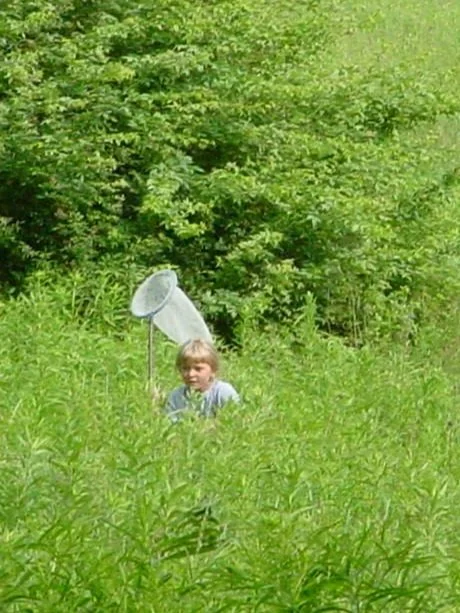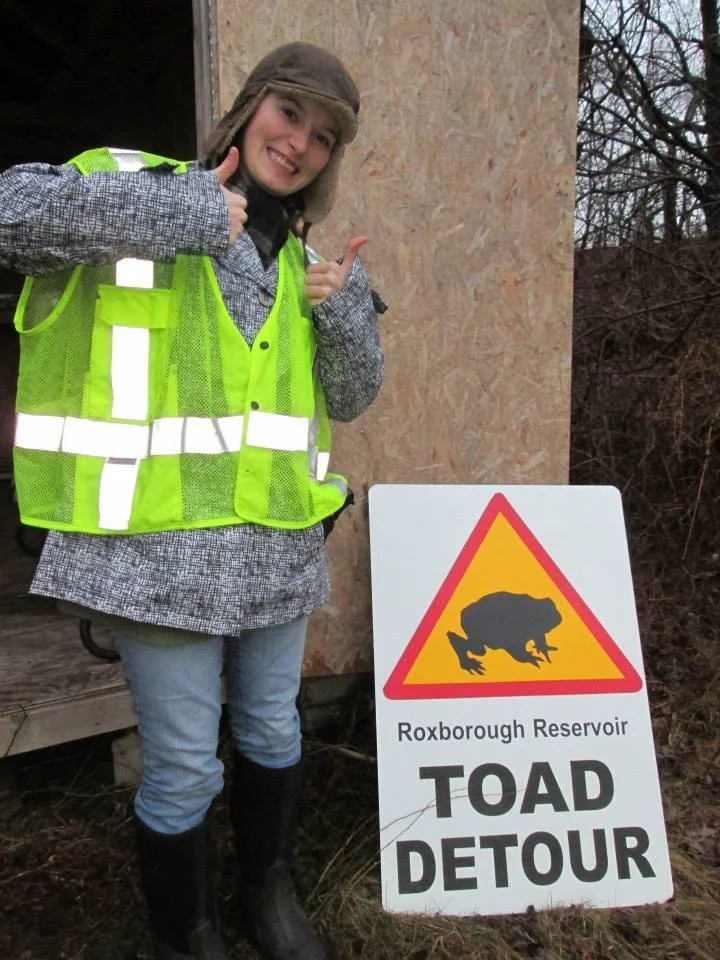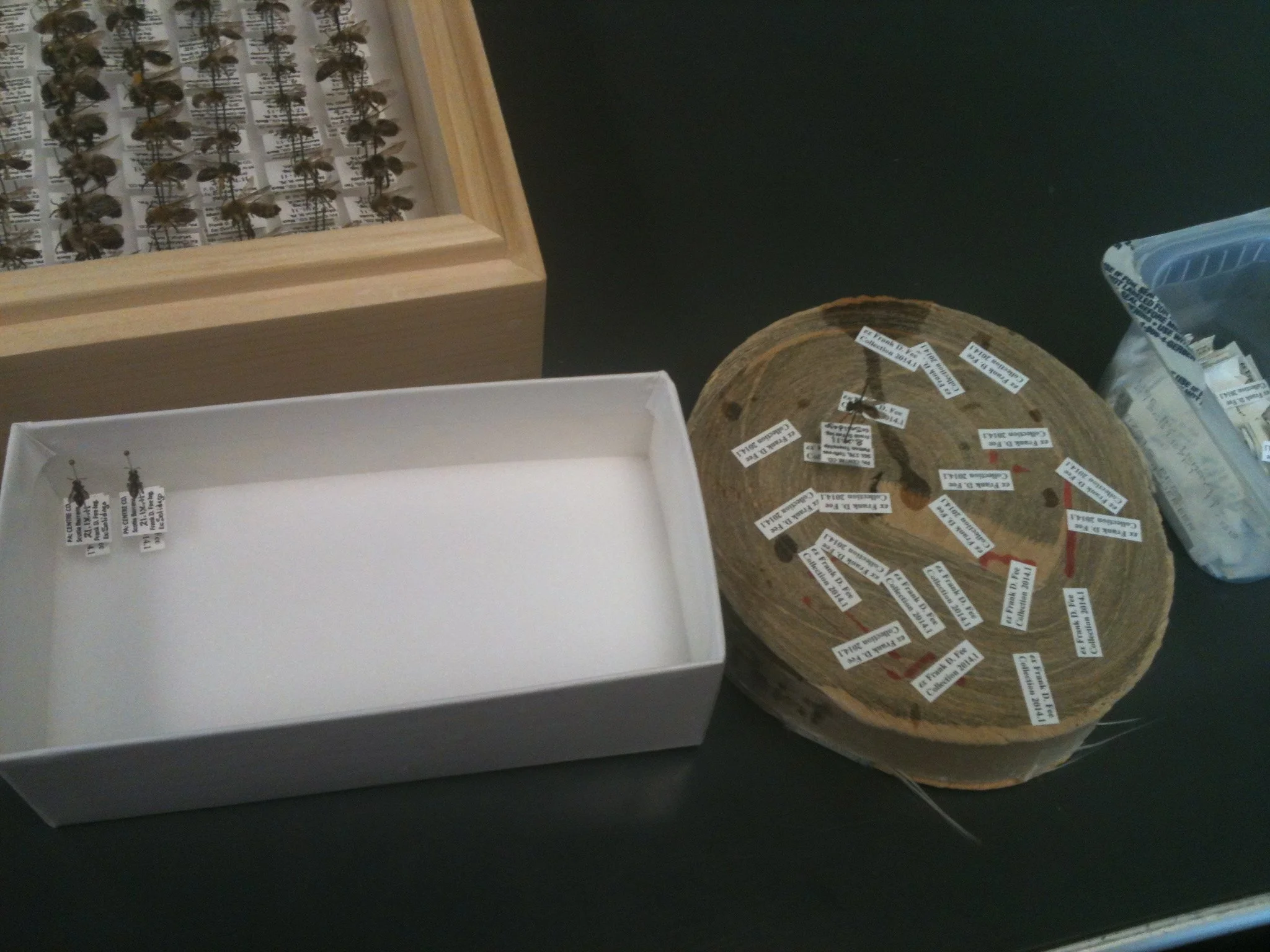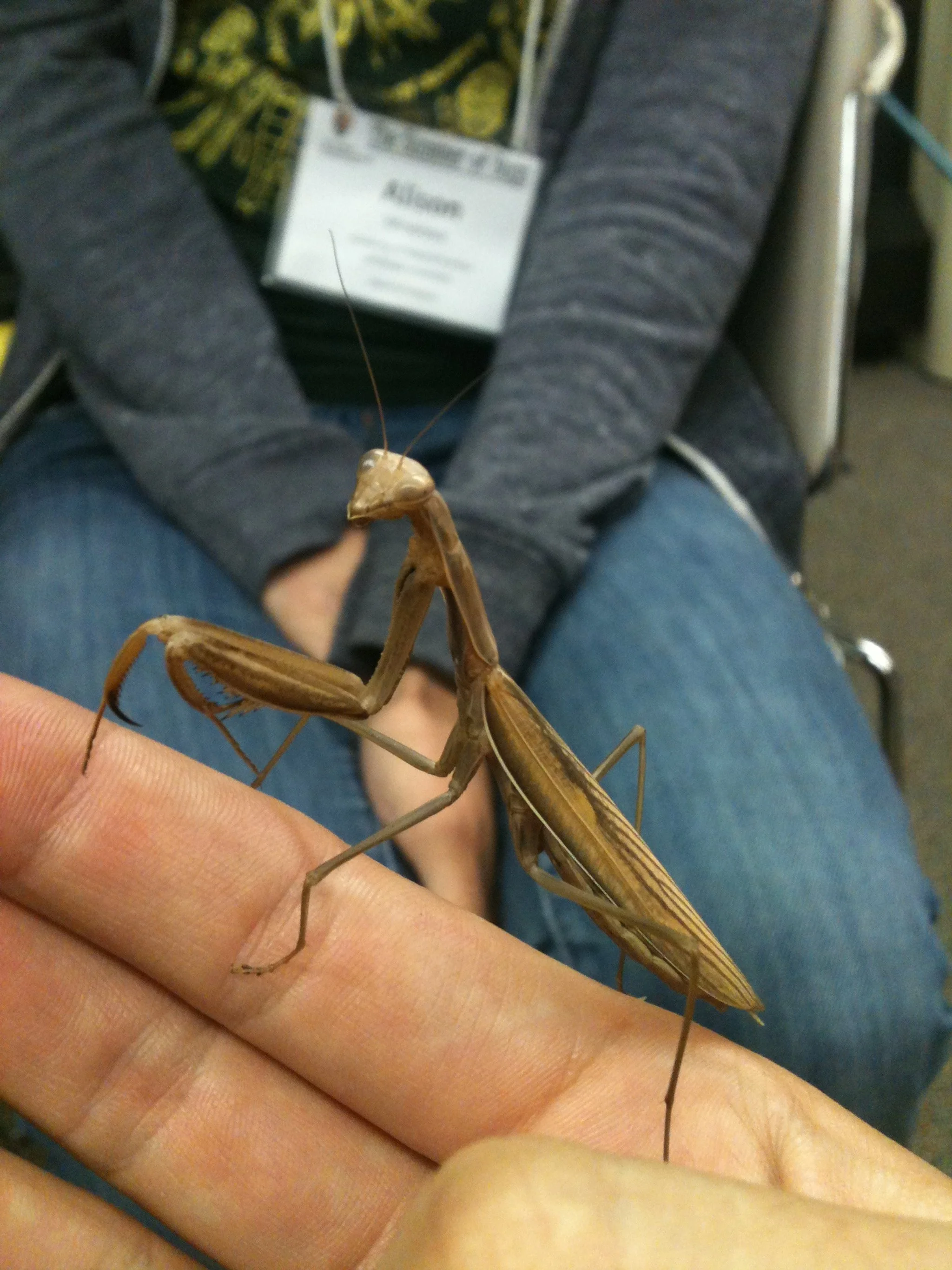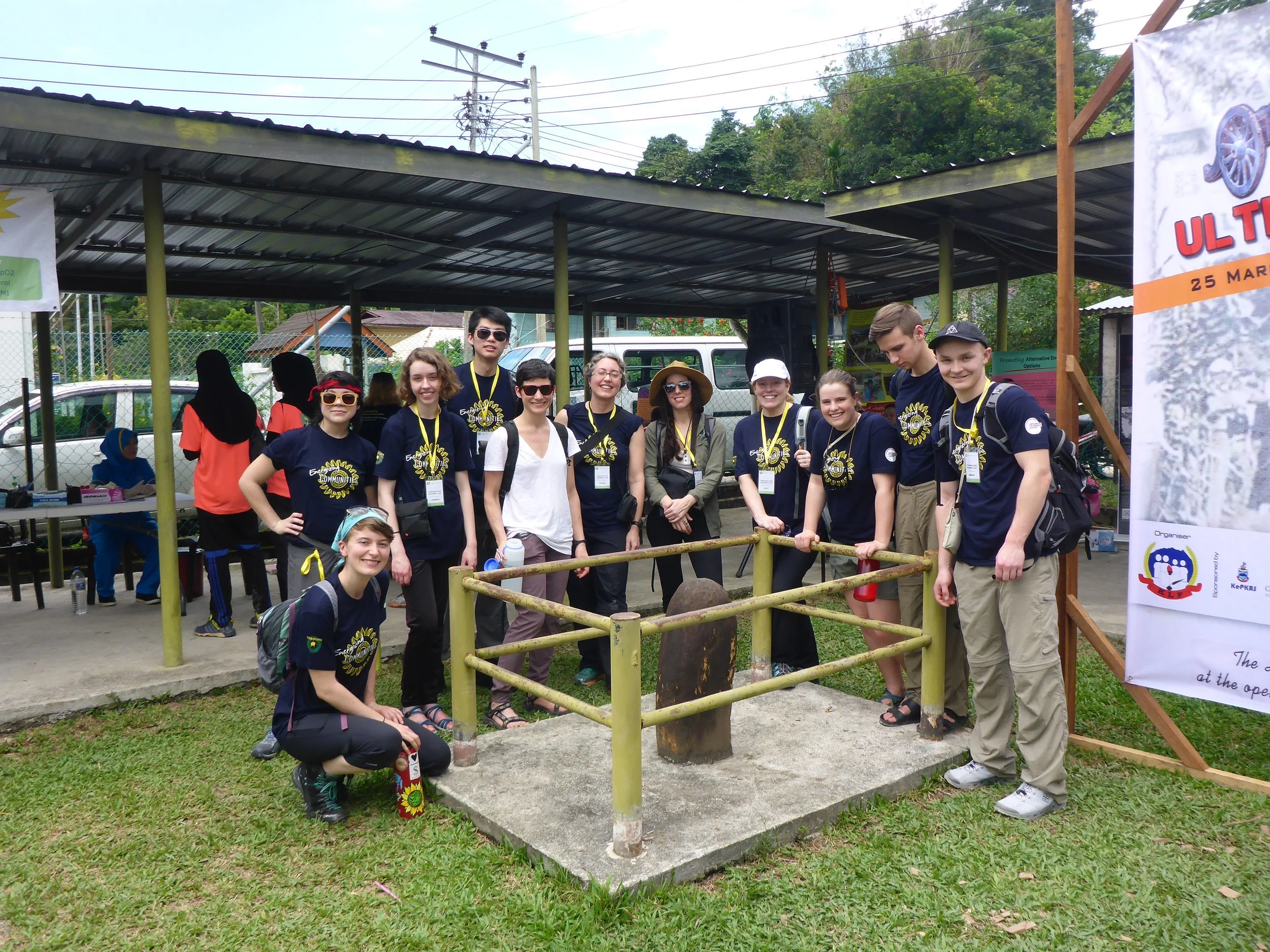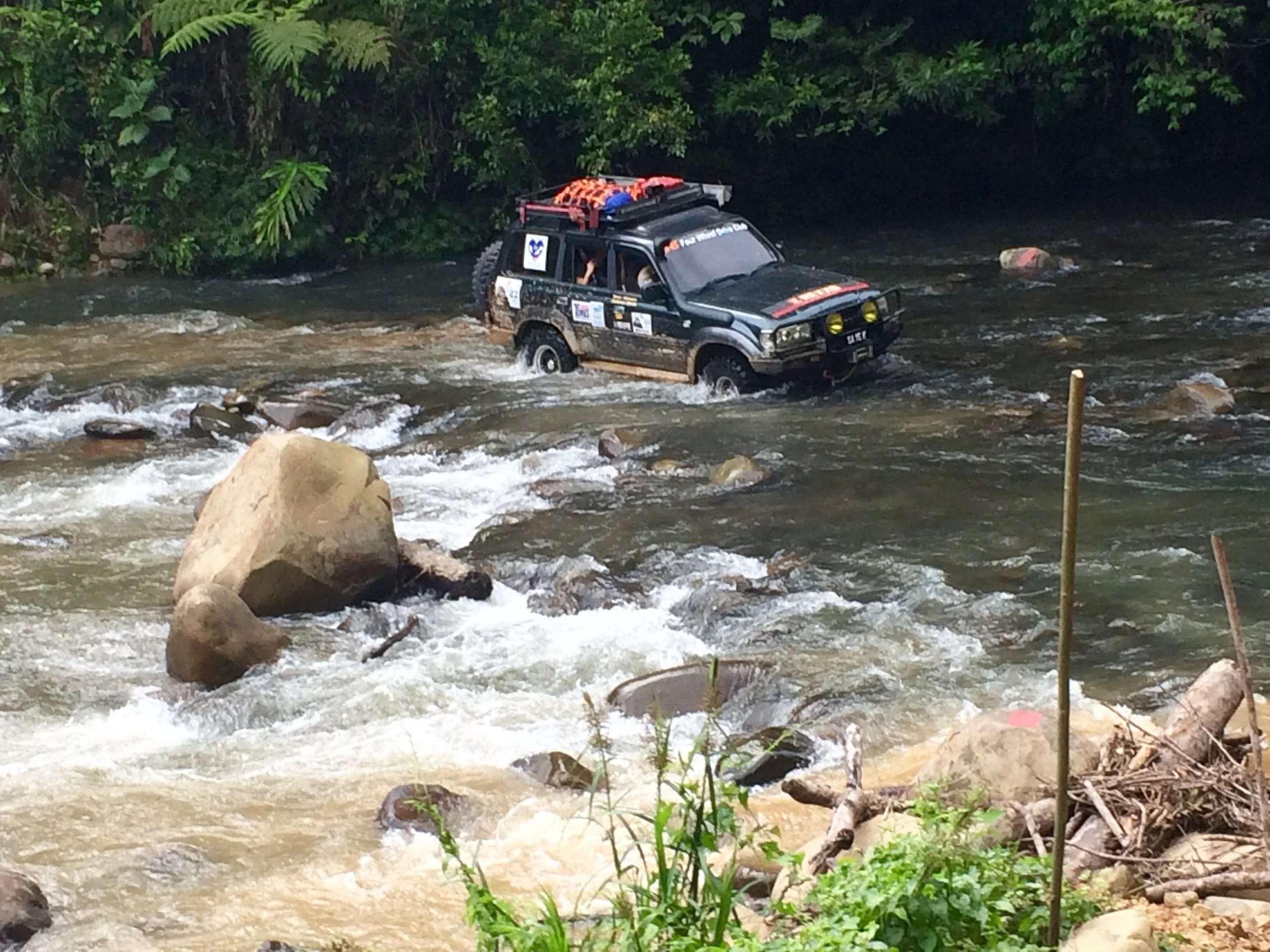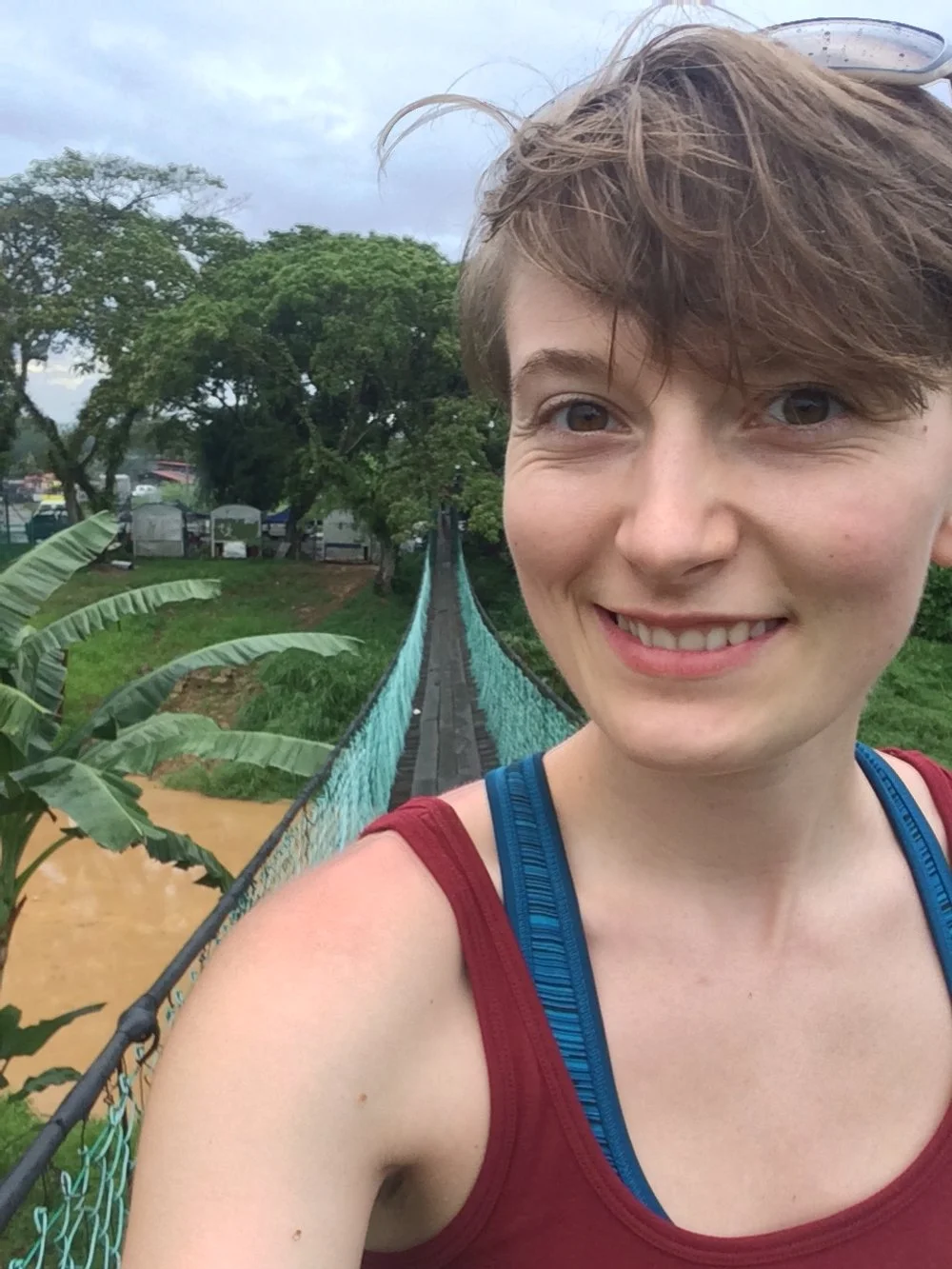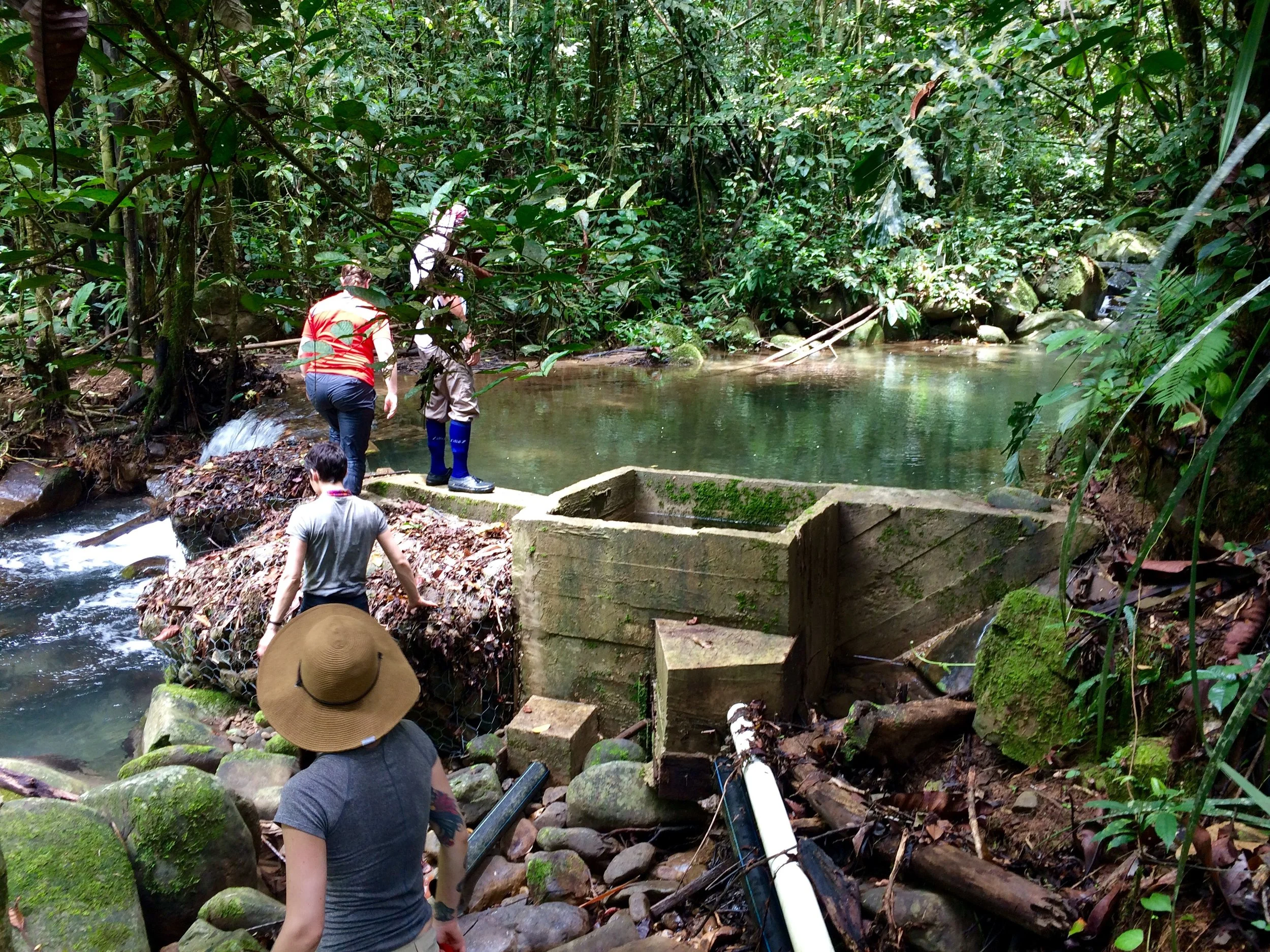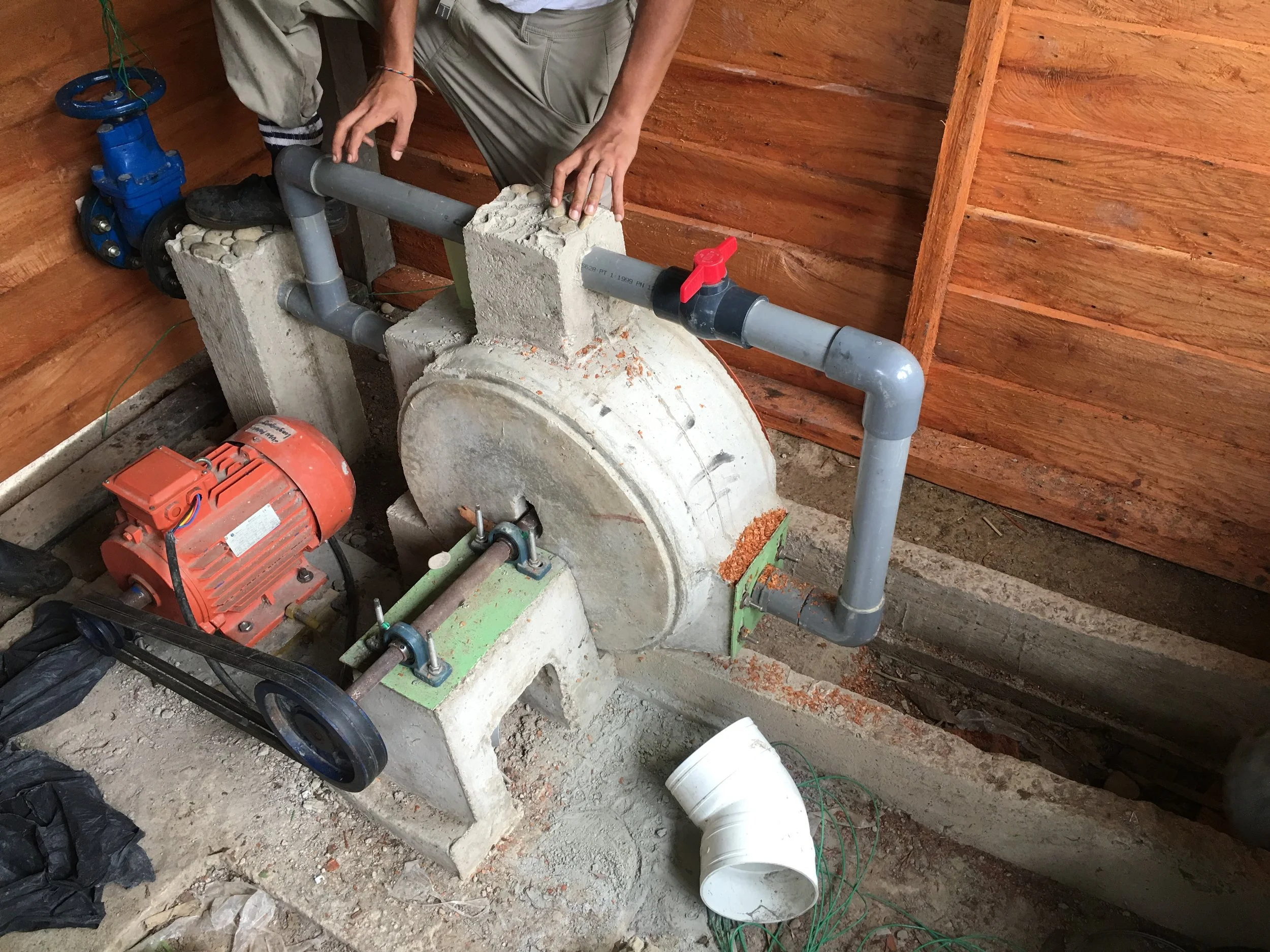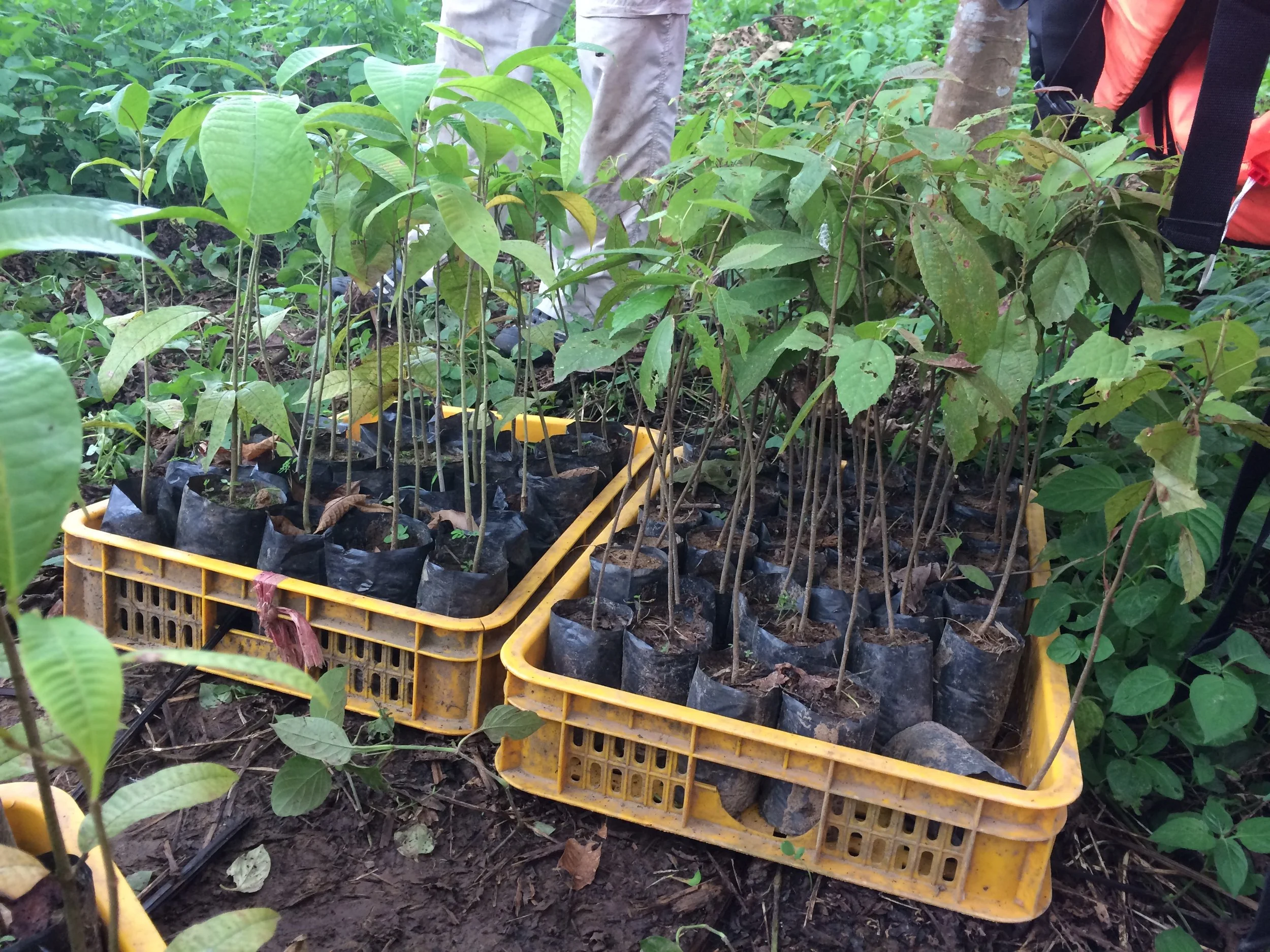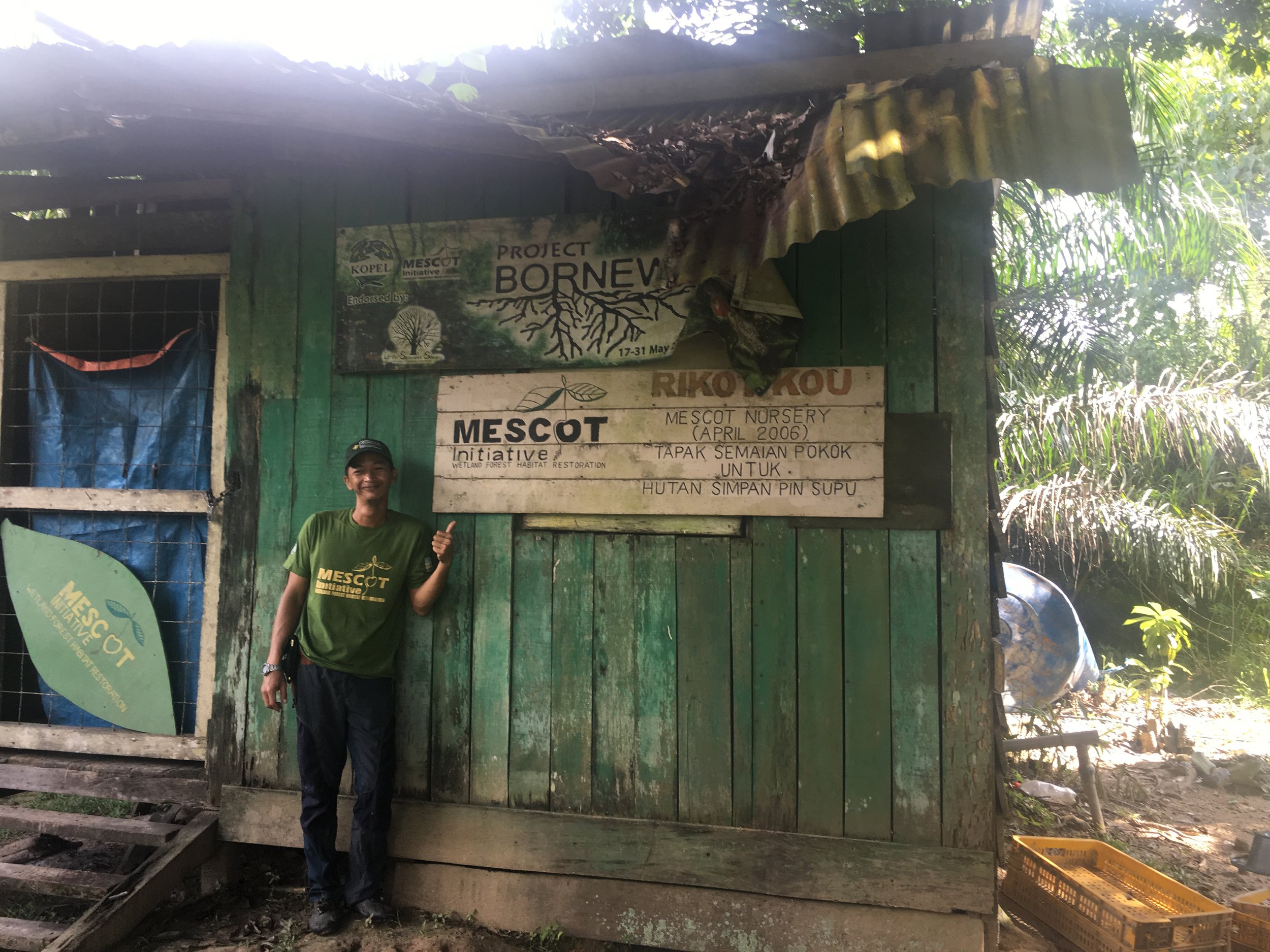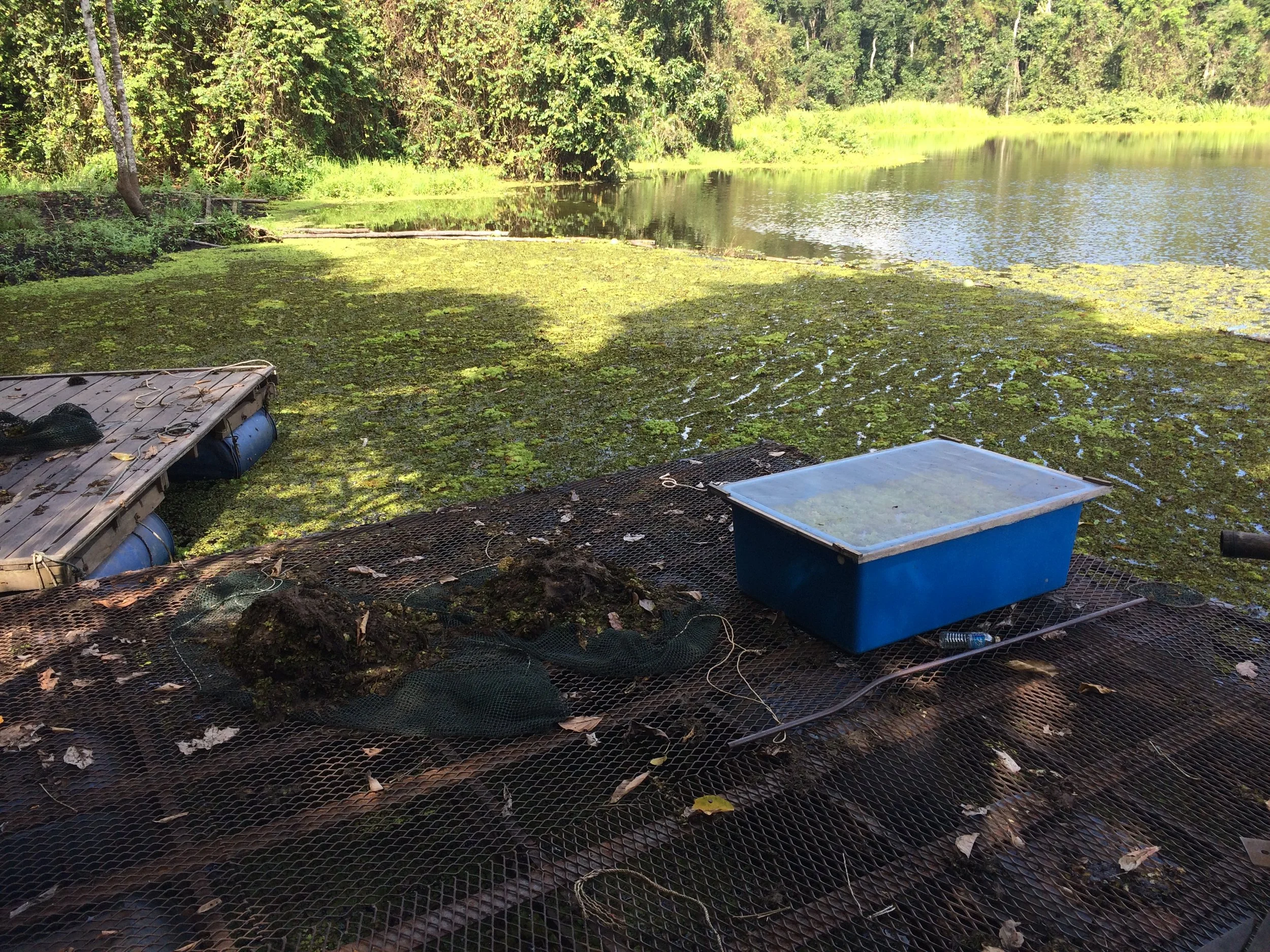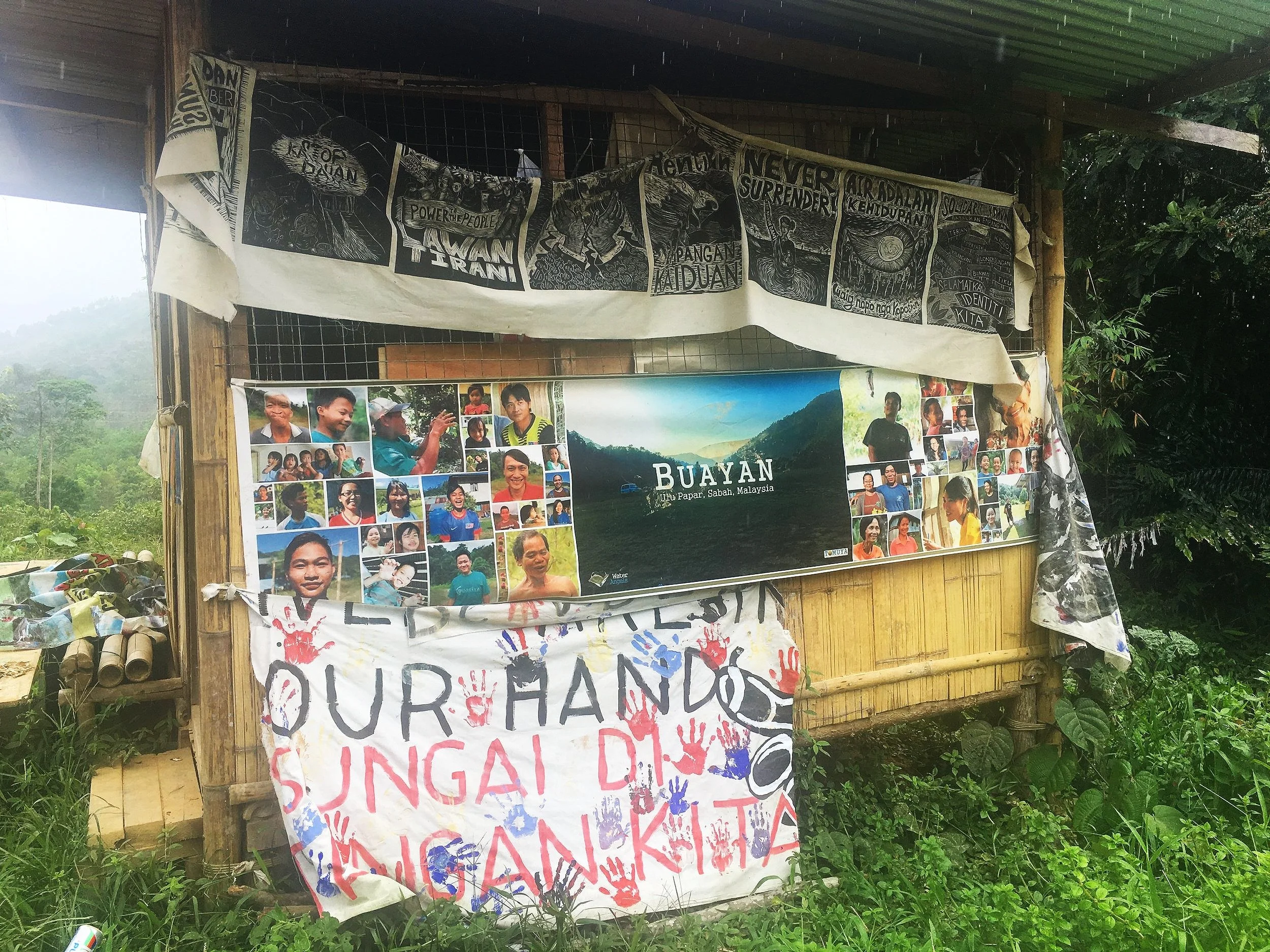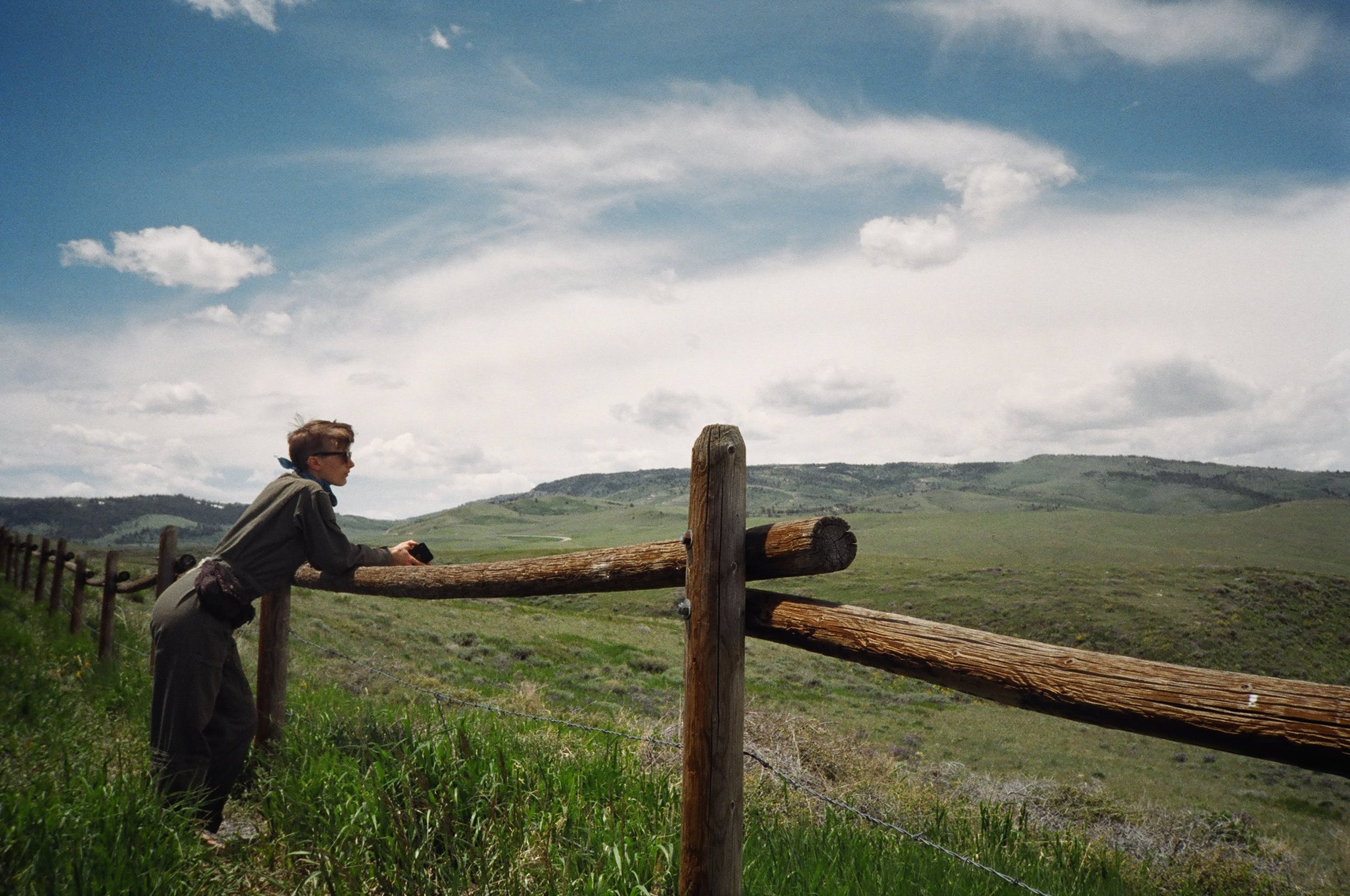
Early Inspiration
Since I was a child I’ve been fascinated with the natural world…
I just made it official in 2020 with a Bachelors of Science in Environmental Science & Management with a minor in Sustainability
In retrospect, it’s no surprise that I became an environmental scientist considering my context as a child. I spent my time steeped in the artifacts of natural history ever present around us. Fossils, creeks, forests and fallow fields were my playground, and my first classroom.
Much of my childhood was spent inadvertently exploring my place in the scope of natural history, and my relationship to my rural northeast Pennsylvania surroundings. Part of this was fueled by David Attenborough as his documentaries were my soap operas in lieu of classic TV.
My play desk quickly transformed into a science desk, learning to use a microscope to examine local fossils, my growing insect collection and anything else I could get my hands on. I was lucky that my grandfather retired with a passion for bryology (the study of moss & liverworts) so I had plenty of practice! Over time, I started to see the patterns of seasonal flooding become more extreme and watched the riparian vegetation shift.
For a year (7-8 years old) I lived in Eshowe, KwaZulu-Natal, South Africa – it’s said that Eshowe’s name was inspired by the sound of wind blowing through the nearby indigenous coastal scarp Dlinza Forest, which is a traditional burial ground for Zulu warriors. This early exposure to unique biodiversity & complex colonial history formulated a base framework of community, ecology, land use & indigenous history in landscapes that has filled in with more context as I’ve reflected with age.
Spending most of my youth in Bradford County within northern Appalachia – in a house heated by coal in winter, amongst forests recovering from historical timber harvest – extraction industry and the impact of our energy needs on our landscape was a constant conversation. That only expanded in middle school, just before 2008, when fracking started in earnest within the Marcellus Shale. Quickly my home county became a hotspot for active wells & their associate impacts. Immediately, our conversations centered on the health of our water resources & the community impacts (environmental and economic) on our family, neighbors and landscape.
Wanderings
Taking my core inspirations out into the world
Integrating my experiences garnered from moving throughout the USA, international travel & joining new communities, scientific and otherwise
I’ve been fortunate to get the chance to wander a while – before, during and after my formal education as an environmental scientist.
After completing my high school International Baccalaureate diploma at George School, near Philadelphia (2013) I took a few years to learn by walking in the world before returning to a conventional classroom and higher education.
The lessons I’ve integrated from these experiences have been just as, if not more key in my journey until now.
Explore below to see the details of my scientific work & how it integrates with the seeds planted in my experience here!
In Philadelphia, volunteer experience opened my eyes to urban toad conservation with the Schuylkill Center for Environmental Education as well as experience in clinical medical lab work with the Airway Biology Initiative at University of Pennsylvania. Each provided valuable experience in project management, basic field coordination & realizing that I preferred the rainy nights of counting toads over medical cell culture research. While volunteering at the Academy of Natural Sciences, both in their Live Butterfly Exhibit & their Entomology Research Collection I reignited my love of insects, getting the chance to support research efforts in a world class collection while sharing my passion with visitors of all ages. During the Academy’s partnership with the Valley Forge National Historical Park for the 2014 BioBlitz I helped conduct an entomological biodiversity survey, educating the public throughout.
Driving across the US, hopping from state to state, from protected landscapes to National Parks, I gained a new appreciation of our continent outside of my Appalachian biome, including hiking the South Kaibab Trail into the Grand Canyon. At the end of my cross country road trip I moved to Portland, Oregon to begin college at Portland State University’s Honors College. My choice of Environmental Science & Management allowed for a flexibility of focus & systems approach while folding together human & environmental structures. Throughout my college career I started to compile ideas for ways to implement my training in rural Pennsylvania’s landscape.
Freshman year I joined Dr. Olyssa Starry on a study abroad trip to Malaysian Borneo focused on rainforest conservation efforts, small scale sustainable energy production & indigenous land rights. This inspired my pursuit of a Sustainability Minor at Portland State University. The experience of unique island tropical environments, getting to know the local community, and being a helping hand to their micro-hydroelectricity/conservation projects provided additional context to my childhood framework of indigenous autonomy and land use identity from South Africa - 15 years and the Indian Ocean away.
With the training garnered throughout my schooling, my experience with the impacts of extraction thinking upon Appalachian environments & watching the impacts of climate change since I was a child I felt compelled to find ways to support the youth effort of Juliana vs US climate action court case. The zenith of support for Youth vs Gov took place in 2019 when the U.S. Court of Appeals for the Ninth Circuit heard the case in Portland, OR. Learn more about the current status of this case here.
Life as a Scientist
Coalescing my explorations into action & experience
Developing my identity as an Environmental Scientist & Manager, defining my guiding principles & implementing my skills in a transforming framework
Evolving Mission & Vision
Continually update my guiding principles to better reflect respectful, responsive and effective environmental management to more competently steward human choices as part of the environment.
Develop accessible toolkits & management tools to strengthen informed management choices, resilience of sustainable systems & implement interdisciplinary approaches to reach goals.
Amplify & support BIPOC perspectives in the spaces I inhabit through conscious & antiracist allyship personally as well as professionally. This is an ever evolving process founded in action over image – progress over perfection. I encourage feedback and ideas on how to continue focusing these efforts, specifically using my skillset.
Integrate traditional ecological knowledge & indigenous land rights the environmental management conversation & decision making - as shared by the communities those ideas stem from.
The beginning of my scientific career focused on environmental conservation efforts, their interlink with indigenous land rights, renewable energy alternatives & monitoring efforts. In Borneo, I assisted with the construction of a micro-hydroelectric dam in the remote Longkogungan Village, Ulu Papar within the Crocker Range Biosphere Reserve – the ancestral home of the Dusun, an Orang Asal tribe. The indigenous-led organization TONIBUNG & their CREATE Center in Penampang developed a system of locally managed micro-hydro dams to provide electricity to the remote villages of the valley to not only provide resource to the community but to support the indigenous environmental justice movement against the Kaiduan/Papar MegaDam project. This megadam would flood the unique biodiversity of the Ulu Papar Valley & displace an estimated 2000 indigenous peoples in 10 villages. The micro-hydro project undercuts the proposal of ‘bettering’ the lives of these potentially displaced peoples within the megadam’s supposed benefits. The access to electricity with minimal impact on the surrounding ecology proves that these populations need not be relocated to have access to modern conveniences, and supports their autonomy to steward the landscape as opposed to having to abandon their homeland & biocultural practices.
Throughout my Environmental Science & Management degree at Portland State University I helped develop monitoring species recommendations for Oregon Department of Fish & Wildlife’s nearshore monitoring of Oregon’s Marine Reserves as well as assisting Robin Bown - the Spotted Owl manager at ODFW - developing a literature review assessing the strategies/outcomes of lethal removal of invasive species for the sake of endangered species conservation. I refocused on how to examine the processes of disturbance ecology & the interface of urban ecology in our society. I contributed to projects centered on stream health, the societal influence of where/how ecoroofs are implemented and the use of green infrastructure in our environments. The opportunities for our human-centered environments to be supportive of biodiversity & threatened species without sacrificing human presence in those spaces - allowing us to enjoy the social benefits living within a resilient and sustainable environment for humans & our non-human counterparts at the same time.
I became increasingly interested in the monitoring frameworks our societies use to highlight our relationships with our environments - the toolkits available to those pursuing scientific inquiry, on the ground management of resource & the public experiencing shifts in our environment - through our own effort and climate shift. The reality is the public access to baselines & the toolkits monitoring environmental change empower every-day people to make management choices mindfully to reach their goals as well as protect themselves & their landscapes in the face of forces like contamination, loss of biodiversity & diminishment of resources like clean water. I witnessed this first hand in Appalachia under the pressure of fracking industry, fragmenting community good will and health.
This interest in developing baselines & monitoring toolkits led me to biodiversity management & contaminants research - the accumulation of heavy metals in green infrastructure, the prevalence & impacts of microplastics as a contaminant themselves as well as a vector for chemical contaminant mobility through the environment & organismal systems. By exploring the tools & information available to people outside of the traditional research environment I found an incredible public interest in how to wield human influence for the safety of the landscapes we love and care for - regardless of whether grounded in research or personal enjoyment of local environments. My experience in marine, freshwater and organismal impact of microplastics highlighted for me the constantly updating methods by which a novel contaminant can have a baseline developed & used to provide context to policymakers, managers & the public. The skills garnered from that research has far reaching consequences in my ability to develop management plans alongside ecosystem restoration, management goals for the ecology of streams, bioinvasions & the personal goals of a landowner trying to support a resilient environment while reaching their personal goals for their landscape.
We are a part of our environment, consciously or unconsciously - so providing empowering access to the best practices to proactively meet human and non-human needs without sacrificing a resilient and sustainable environmental system requires mindful participation. My goal is to support those individuals and institutions interested in systematic, forward thinking management using the skills I have developed & continue to stay abreast of updating best practices.

Science Doesn’t Exist in a Vacuum
In my work I seek to honor the landscapes and communities I’ve learned from & shared with. I’m grateful to those who sowed seeds, encouraged exploration through wonder & tended to the idea of stewardship as more than an action but as way of walking within while along side the world.
Scientific circles have a responsibility to the communities they work within & impact - directly or indirectly. Scientists, as well as the structures they function within, must be conscious of & accountable to their social/ethical commitments. This includes considering actionable information over ‘pure theory’ and updating the context of those commitments as new information comes to light.
Guiding Principles
The inclusion of these principles fundamental to the curation of responsible scientific inquiry & management.
-

Black & Indigenous Lives Matter
-

Social Responsibility
-

Environmental Justice & Equity
-

Science Communication
-

Integrity
-

Systems Approach
-

Actionable Science
-

Precautionary Principle

